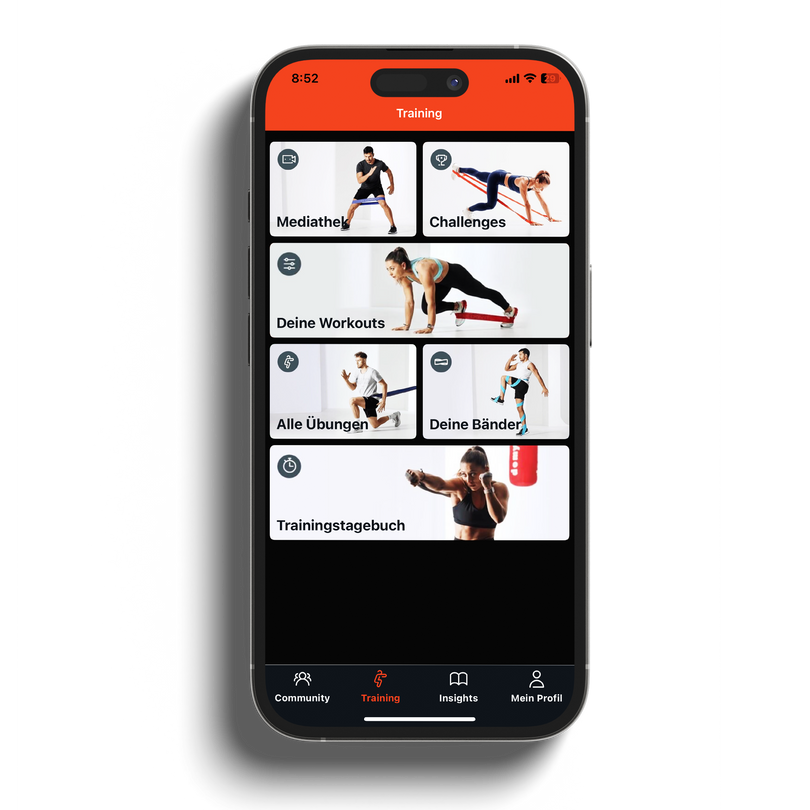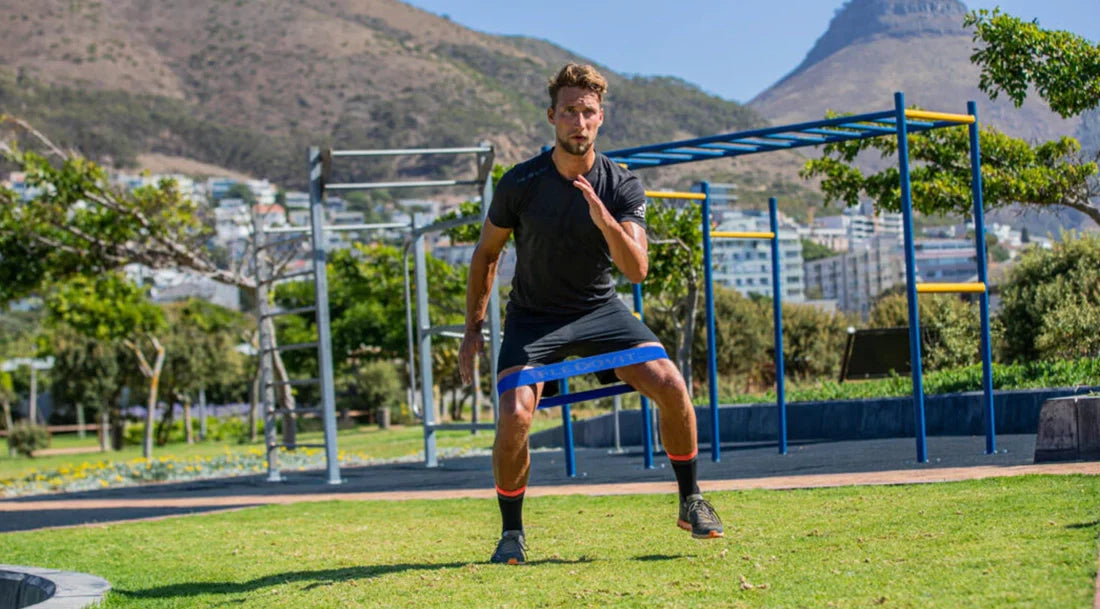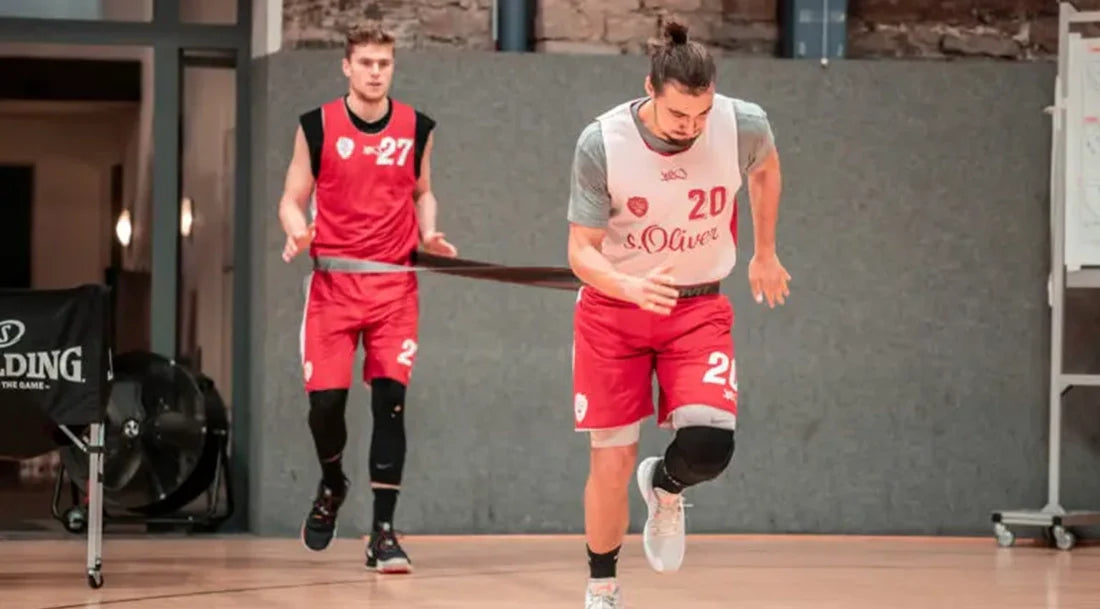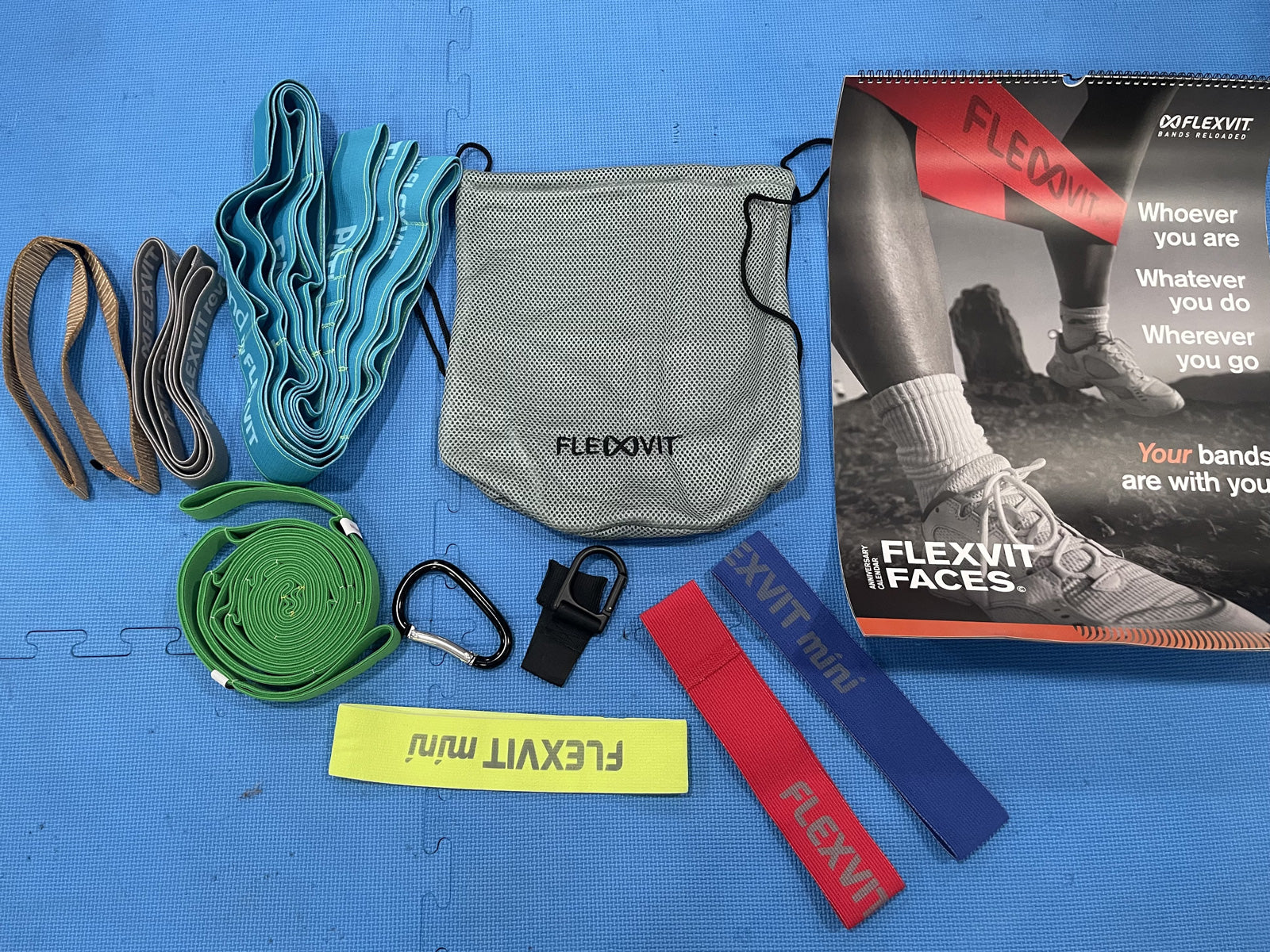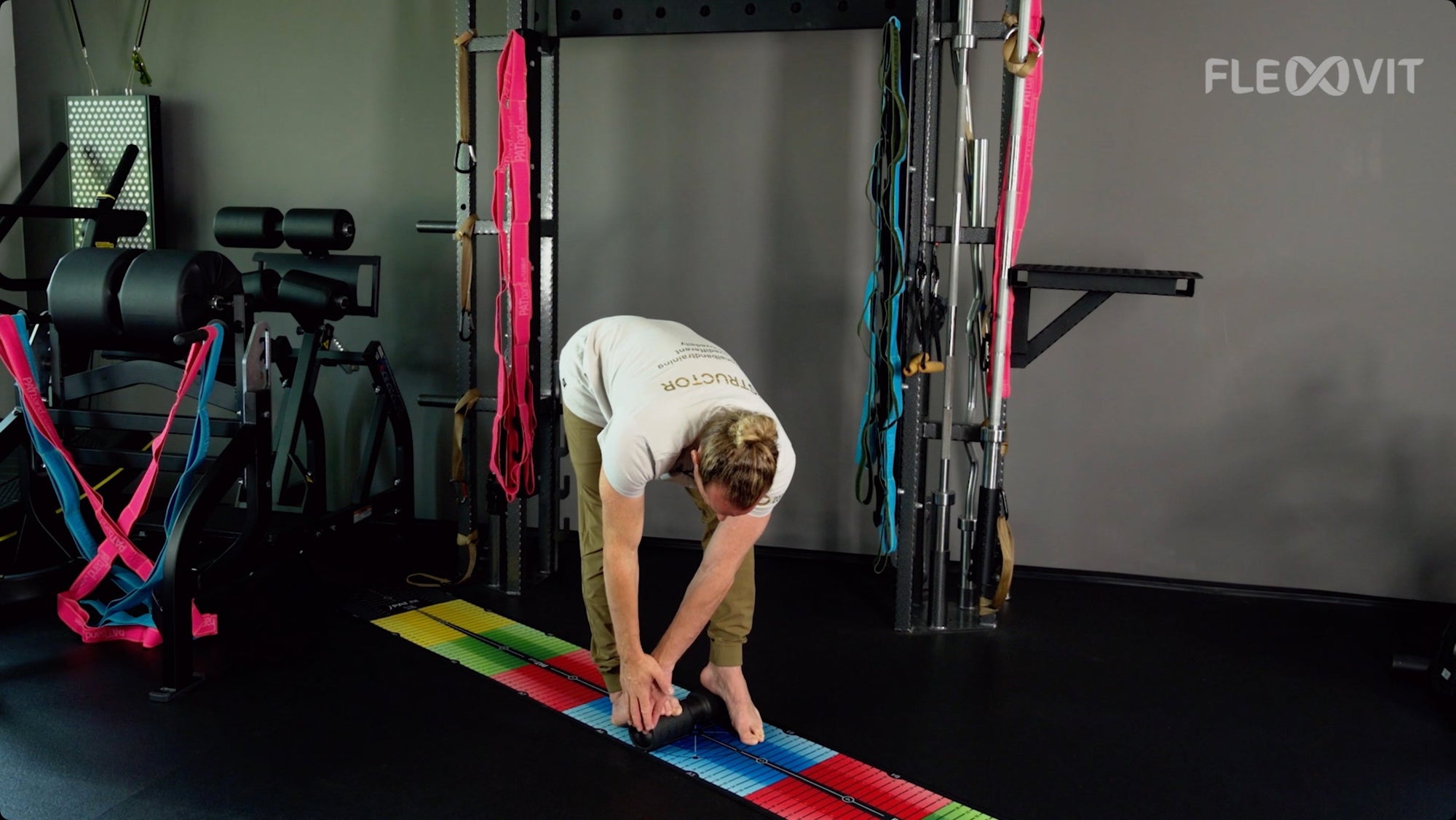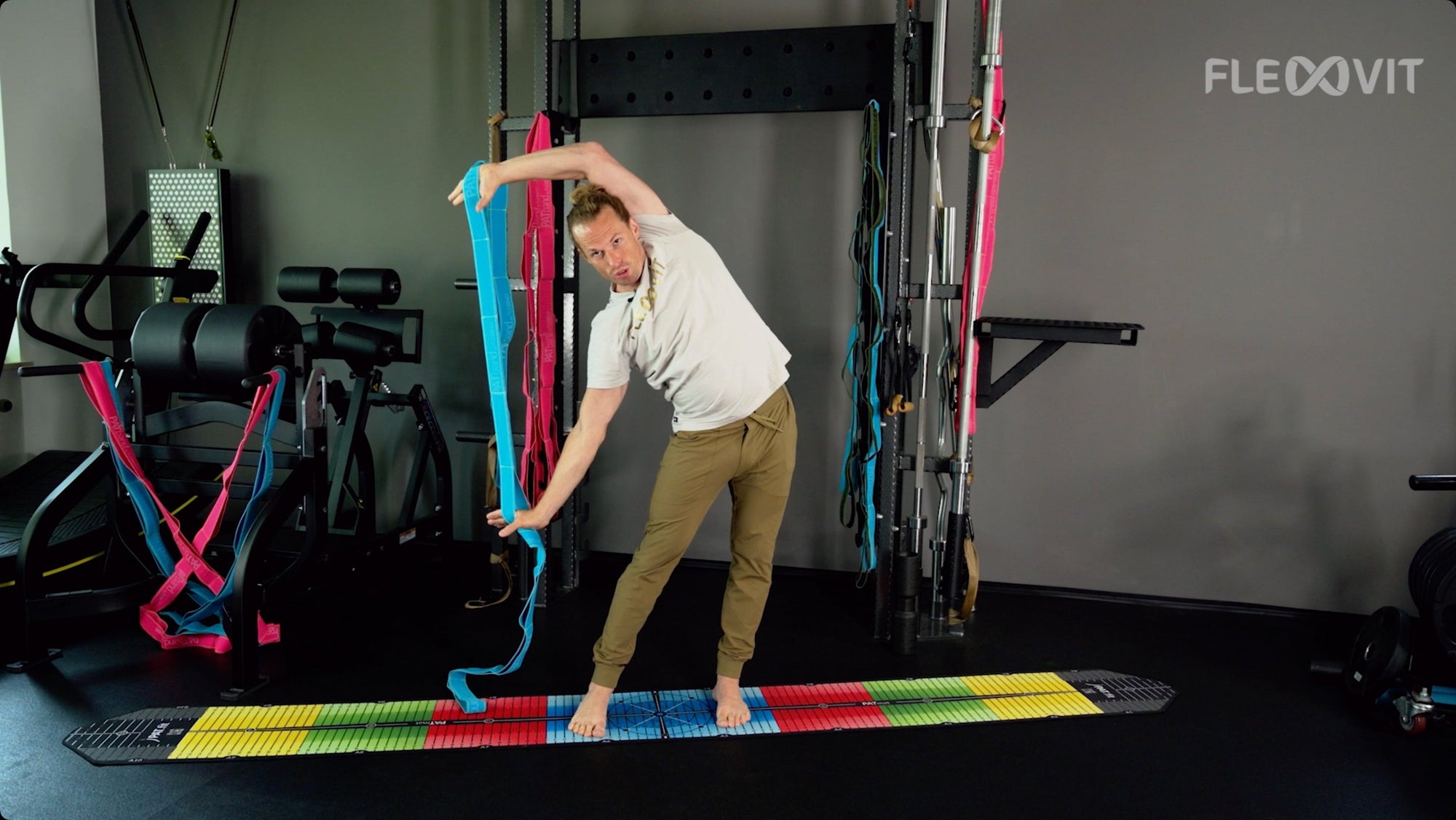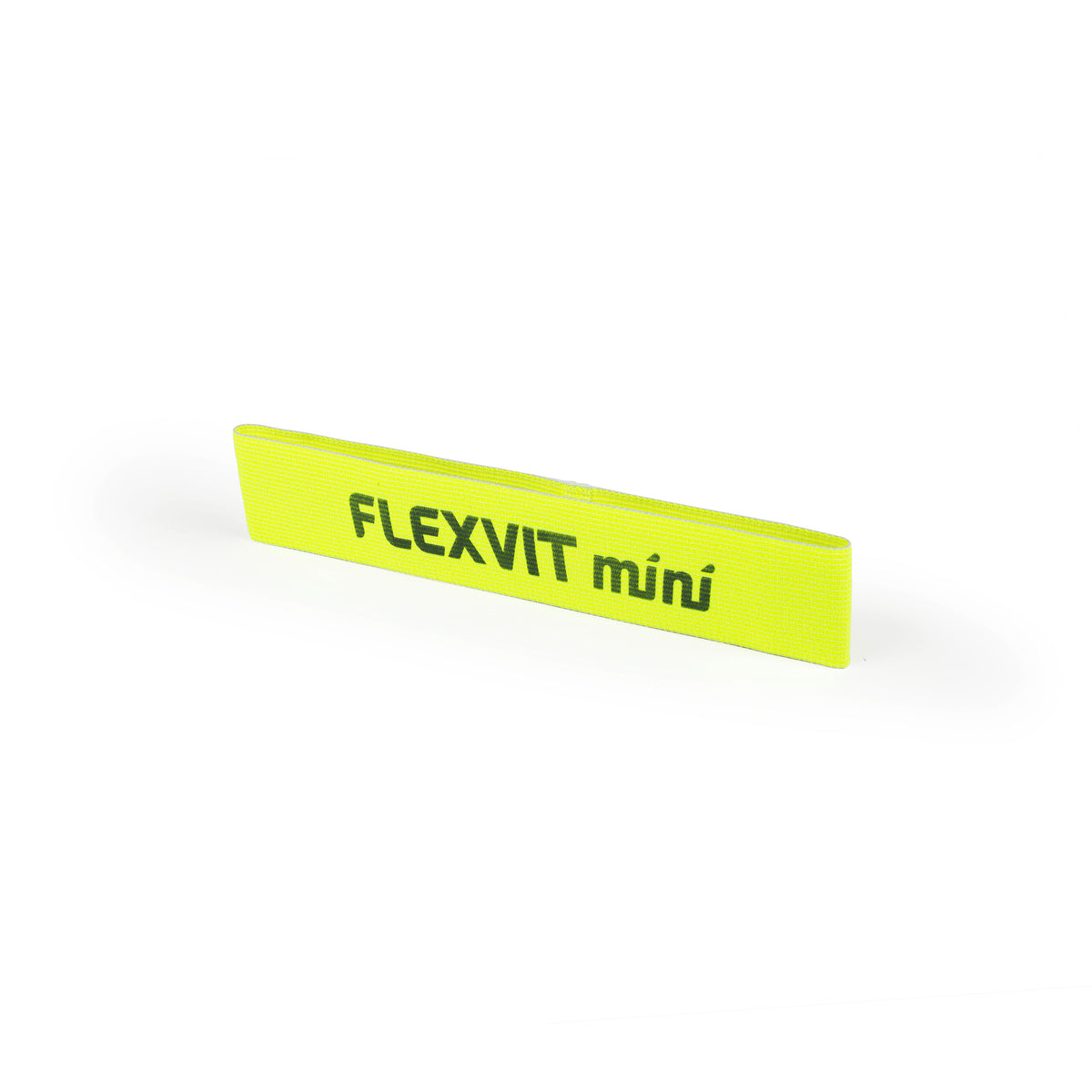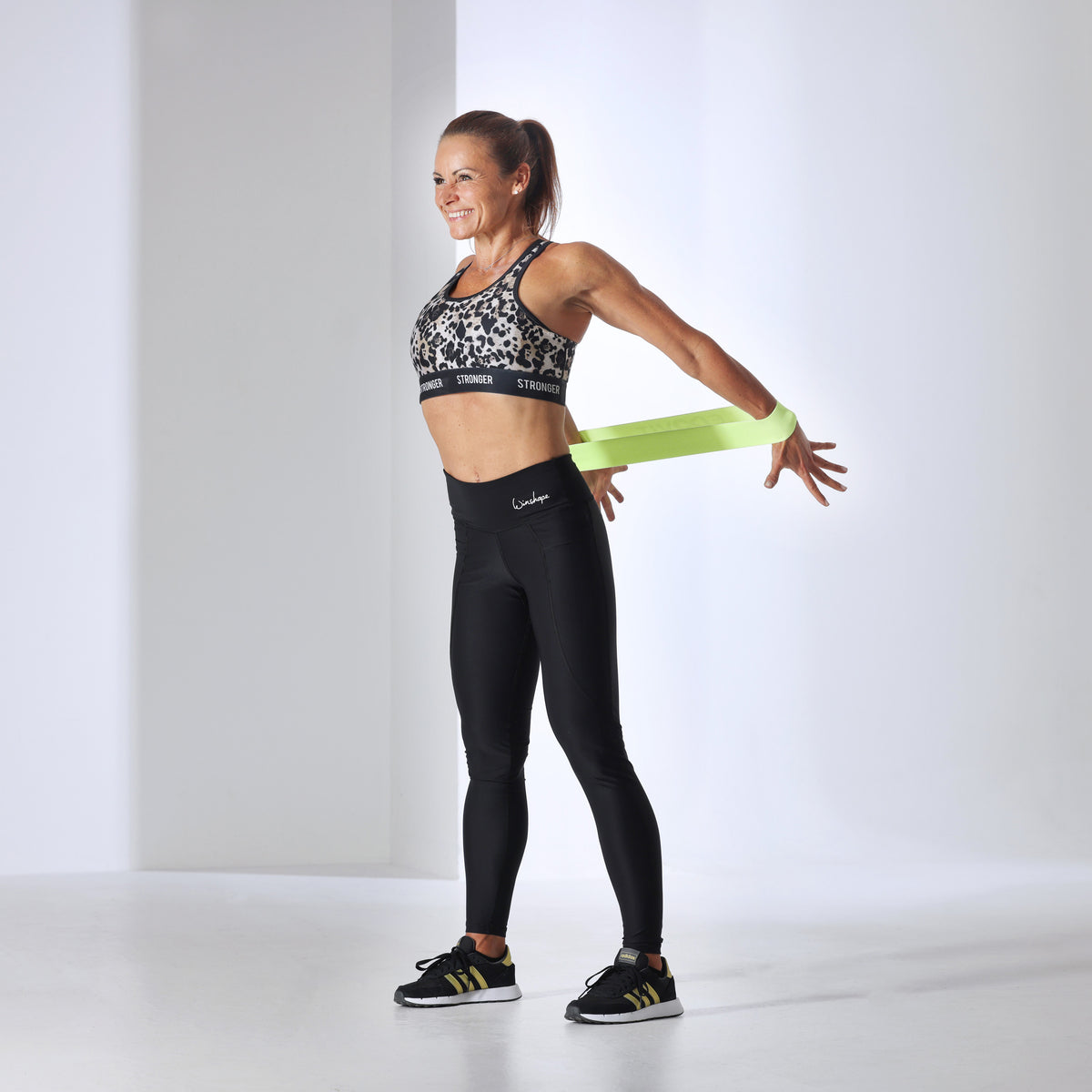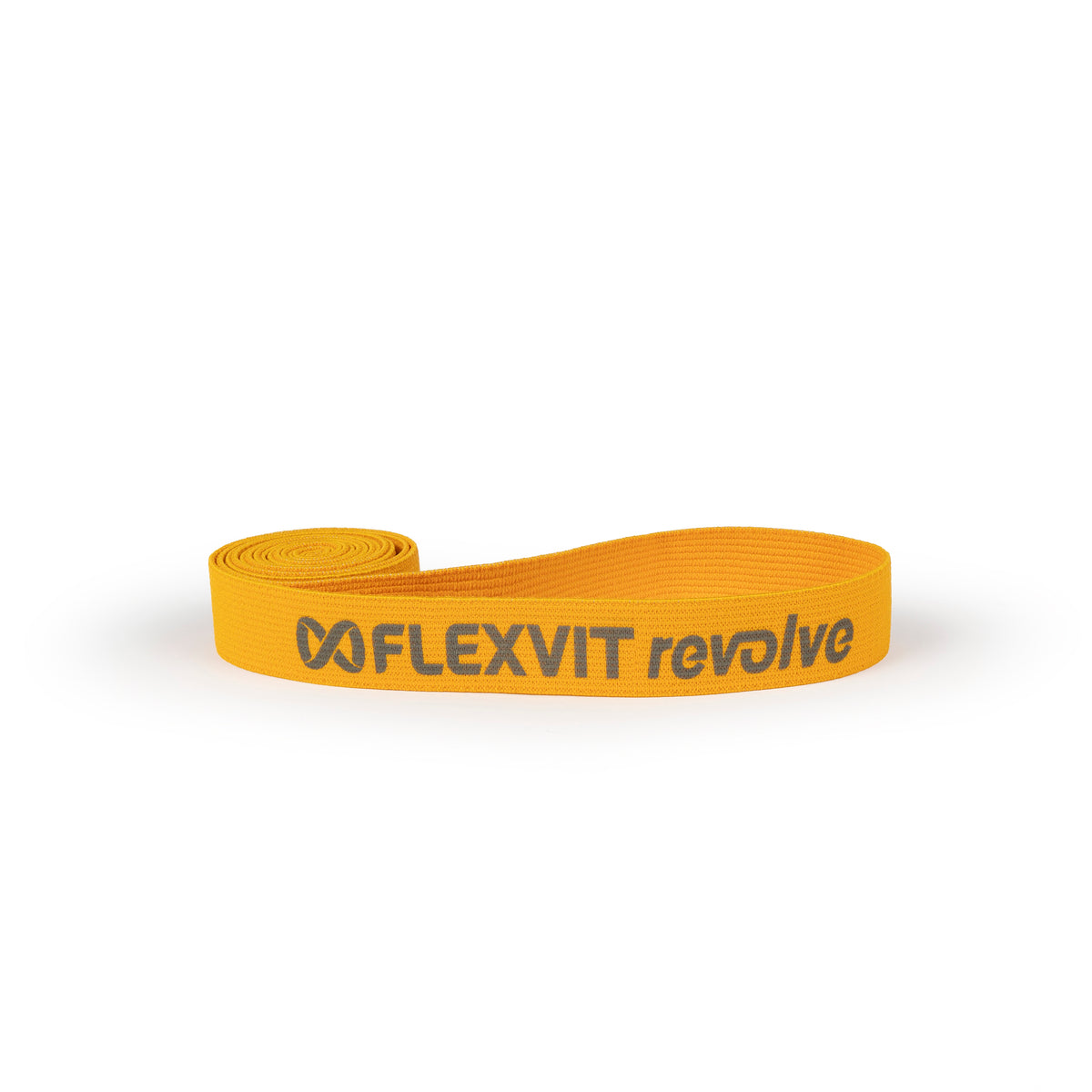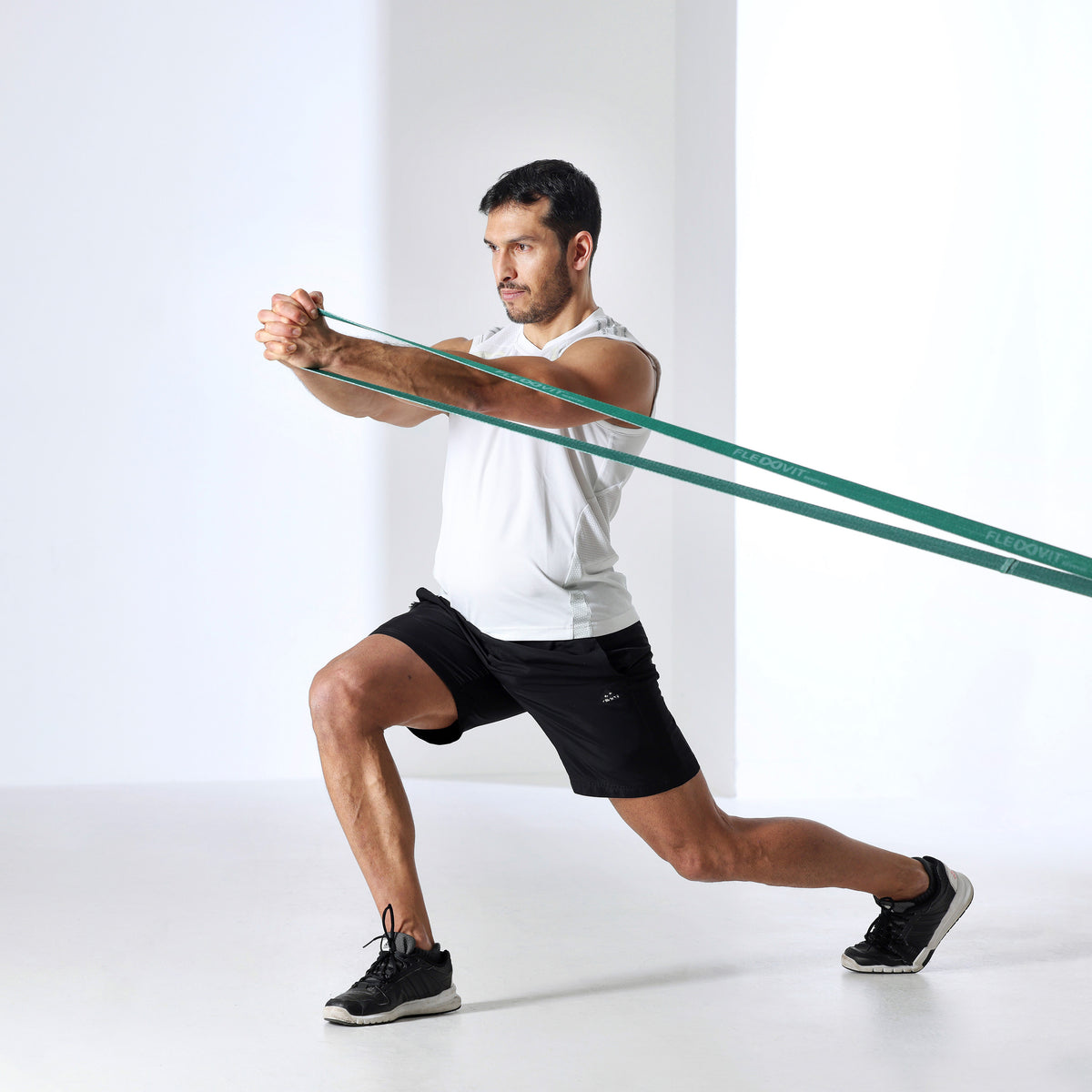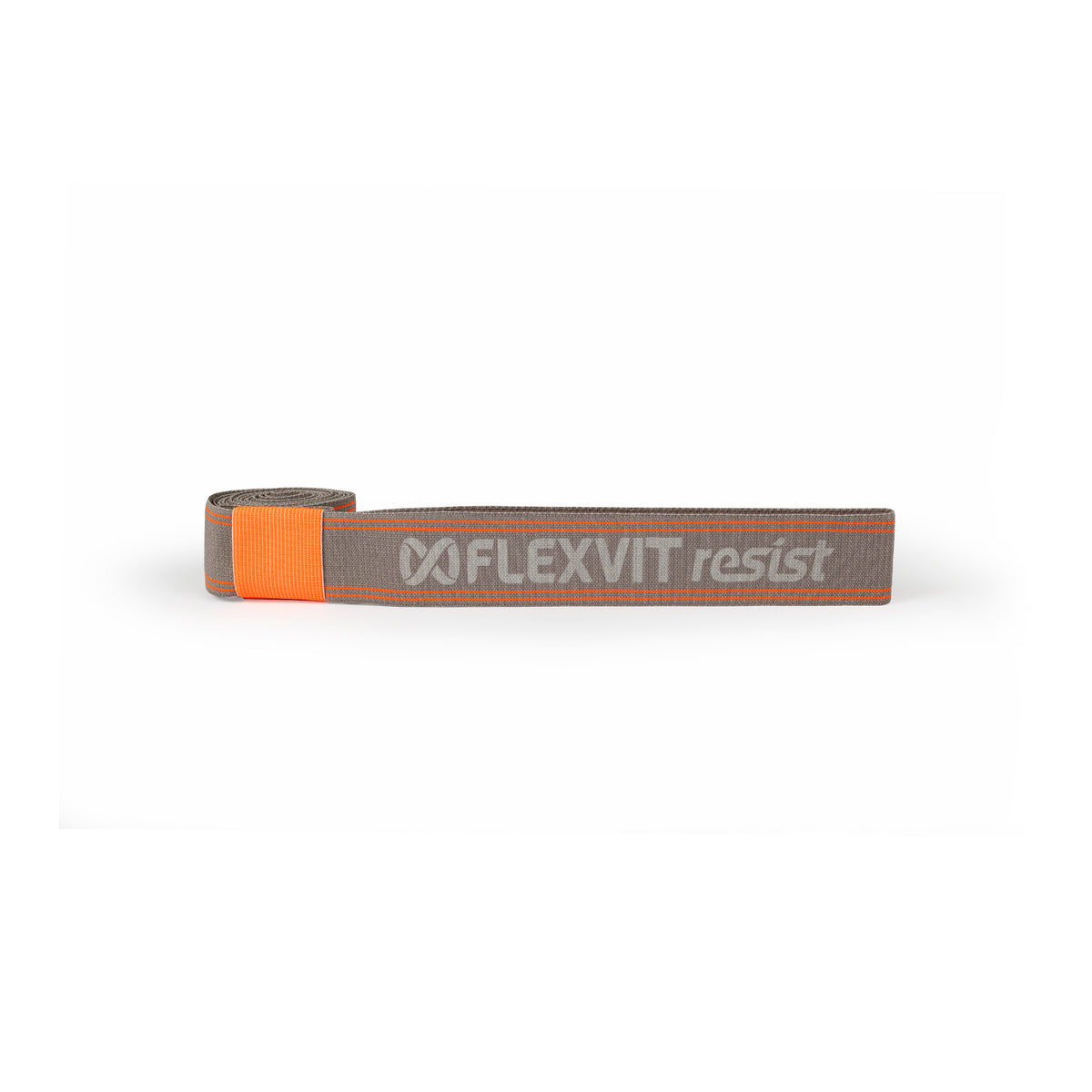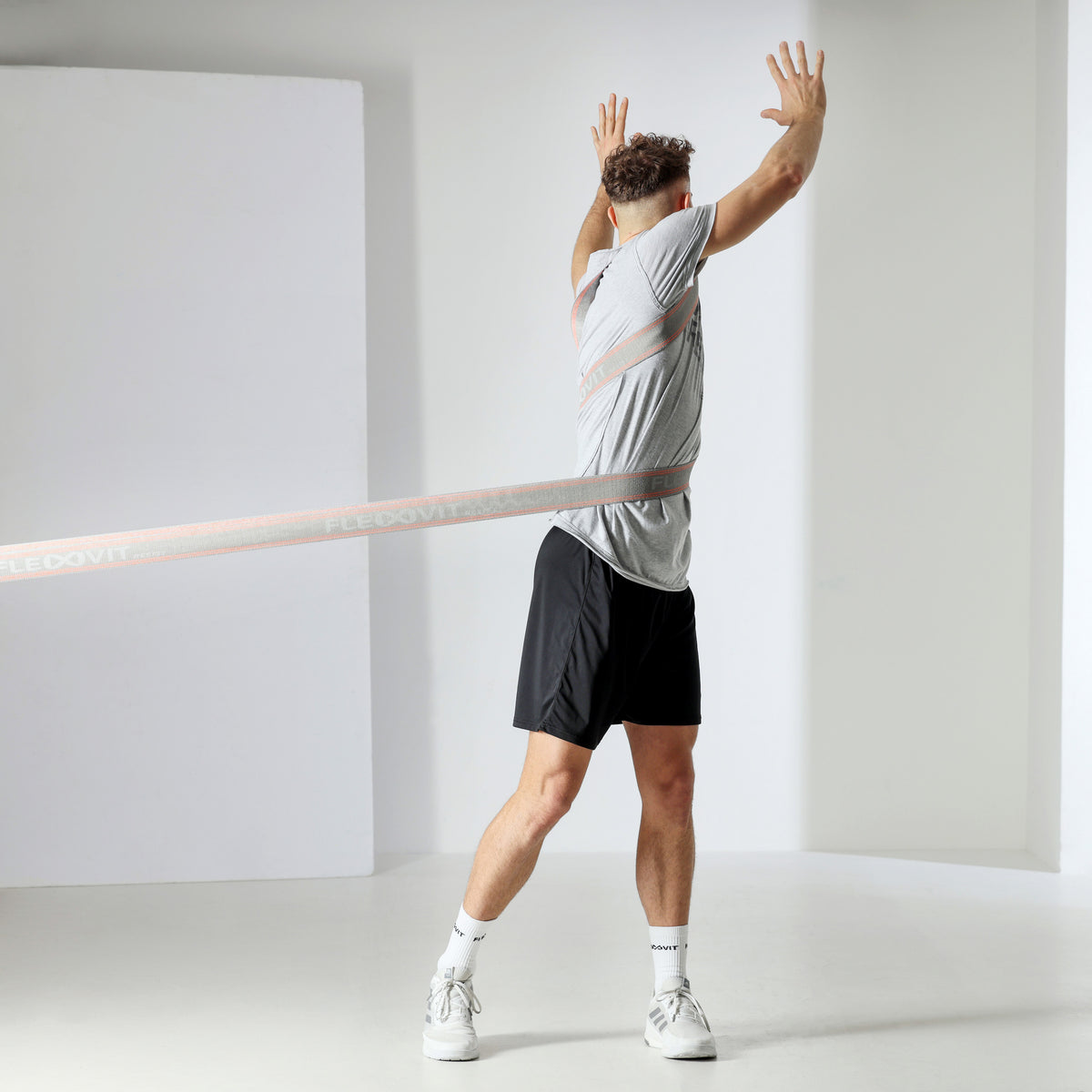Building the basic athletic position – a basis for competitive sports!
In this article we want to explain to you the basic athletic position and how you can build it. The basic athletic position is a basis for many movement tasks and is used in numerous sports. For this reason, it is important that every performance-oriented athlete knows the basic athletic position and can execute it correctly!
Content overview:
1. What is the basic athletic position and why do I need it?
2. This is how you achieve a strong basic athletic position!
What is the basic athletic position and why do I need it?
Regardless of whether it's basketball, handball, volleyball or even football - athletes have to learn how to stand stably with their knees slightly bent, about shoulder-width apart, their backs straight and leaning slightly forward. At the latest when the hobby turns into a competitive sport and young athletes enter a weight room for the first time, they should learn the basic athletic position. In particular, the complex exercises such as cleans, snatches, squats and deadlifts that are aimed at in the performance area require a high level of core stability and start in positions that are similar to the basic athletic position.
Learning this position with the help of resistance bands prepares the right stability for strength training and therefore helps prevent injuries. Even without additional strength training, learning the basic athletic position with the help of resistance bands can help advance development in the respective sport through the stability and basic tension in the body.

The squat is the basic athletic position. You can achieve additional stimulation during training with training bands.
This is how you achieve a strong basic athletic position!
A good basic athletic position is characterized by a stance that is approximately shoulder-width apart, the knees are slightly bent, the feet are parallel or slightly turned outwards and the shoulders are above the knees. This position requires stability and strength from the hips and deep core.
To train these areas, a mini band is suitable for practicing the now very well-known “mini band walks”. A coach always has the opportunity to work with many variations, be it in the direction of movement or the location at which the training band is attached to the body, in order to continually set new tasks for the body and meet the demands of a sport.

With the mini band walks you can train the basic athletic position. You can find the relevant video here: YouTube – FLEXVIT – Monster Walks
To train the deep core area, a revolve band is suitable for the “Pallof Press Anti-Rotation” exercise. Here it is important to first train the correct control of the transversus abdominis muscle in order to control the important basic tension from the torso instead of compensating with surrounding muscle areas.
To achieve proper control, athletes must practice pulling the belly button in toward the spine and flattening the abdominal wall. Here it can be very helpful to get support from Pilates trainers to ensure that the correct muscles are used. Even then, a coach can use many variations of the Pallof Press to create a new stimulus or prepare sport-specific movements.

